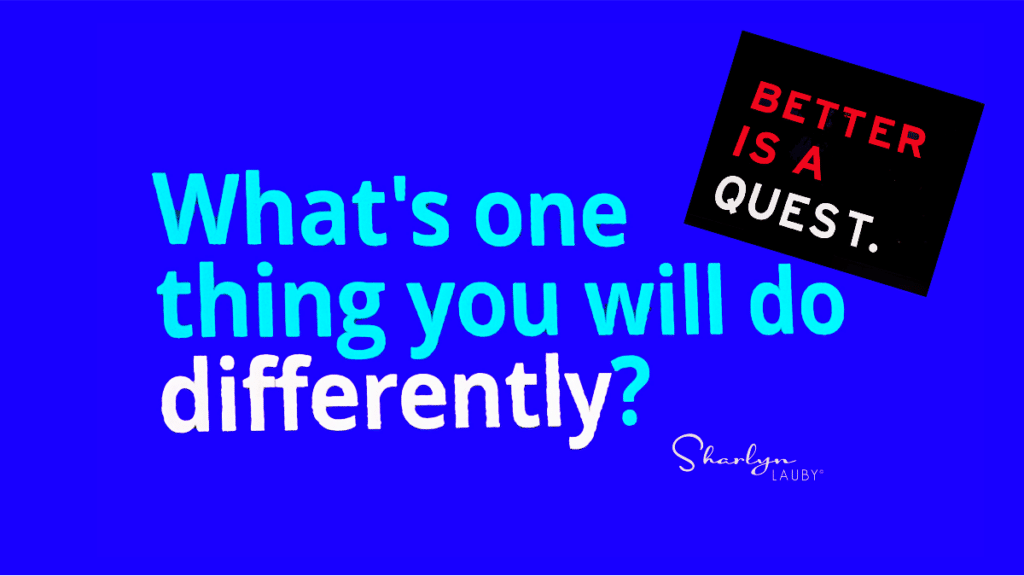Estimated reading time: 3 minutes
One of the topics I’m hearing more organizations focus on is the employee value proposition (EVP). Basically, the EVP is what employees receive for working at the organization. Of course, it includes compensation and benefits, but it also includes more than that. Other common components of the EVP include training, quality of the management team, work / life balance, wellbeing, and even corporate social responsibility (CSR).
The idea behind the employee value proposition is that all these components work together to create the employee experience. Organizations do not have to be the biggest and best in all categories. For example, I’ve worked places where I didn’t have the highest salary, but I did have a lot of flexibility when it came to time off. I’ve also worked places where I didn’t have scheduling flexibility, but I did have access to great training. The goal in creating and promoting an EVP is to put together the right mix of components that will help the organization attract, engage, and retain talent.
If you’re thinking about the organization’s EVP, here are some articles to get you started.
5 Currencies Essential to Your Company’s Employee Value Proposition
Organizations need to make sure their EVP is competitive and being communicated. Frankly, even in a less competitive job market, it just makes good business sense to promote this information. Letting employees know the currencies – both monetary and non-monetary – that they will receive helps them decide whether to work and/or stay with an organization.
The 3 Things that All Employees Want
Organizations are going to be refining their policies and procedures for a variety of reasons. Maybe to accommodate hybrid and remote work. Possibly to accommodate a changing workforce. Whatever the reason, co-creation could be a good design strategy. And the 3P’s can be a way to guide the conversation.
4 Workplace Guarantees Every Employee Should Have
Many organizations promote that their employees are their business. They say that their talent is what sets them apart from their competition. Then now is the time to commit to a Charter of Workplace Rights that tells the world that the company is serious about it.
Employee Benefits: Make Them Easy to Buy and Use
Employee benefits are an important part of the employee value proposition (EVP). But if organizations want employees to feel like they have the best benefits package ever, then they need to market those benefits. And make them easy to buy and easy to use for the employee.
How to Evaluate Your Employee Value Proposition
Now could be a perfect time to see how your EVP looks visually, like in a quadrant model. Ensure you have a balanced offering of components that will be attractive to candidates in the short-term and career-focused employees in the long-term.
Regardless of what your organization is doing right now from a recruiting perspective, the organization’s employment brand is important. Which means the employee value proposition (EVP) is important. Regularly reviewing the EVP to make sure it’s balanced and in alignment with employee feedback can help the organization remain competitive in attracting and retaining talent.
Image captured by Sharlyn Lauby at the SHRM Talent Conference in Orlando, FL
The post Bookmark This! Employee Value Proposition Edition – hr bartender appeared first on hr bartender.



0 Commentaires